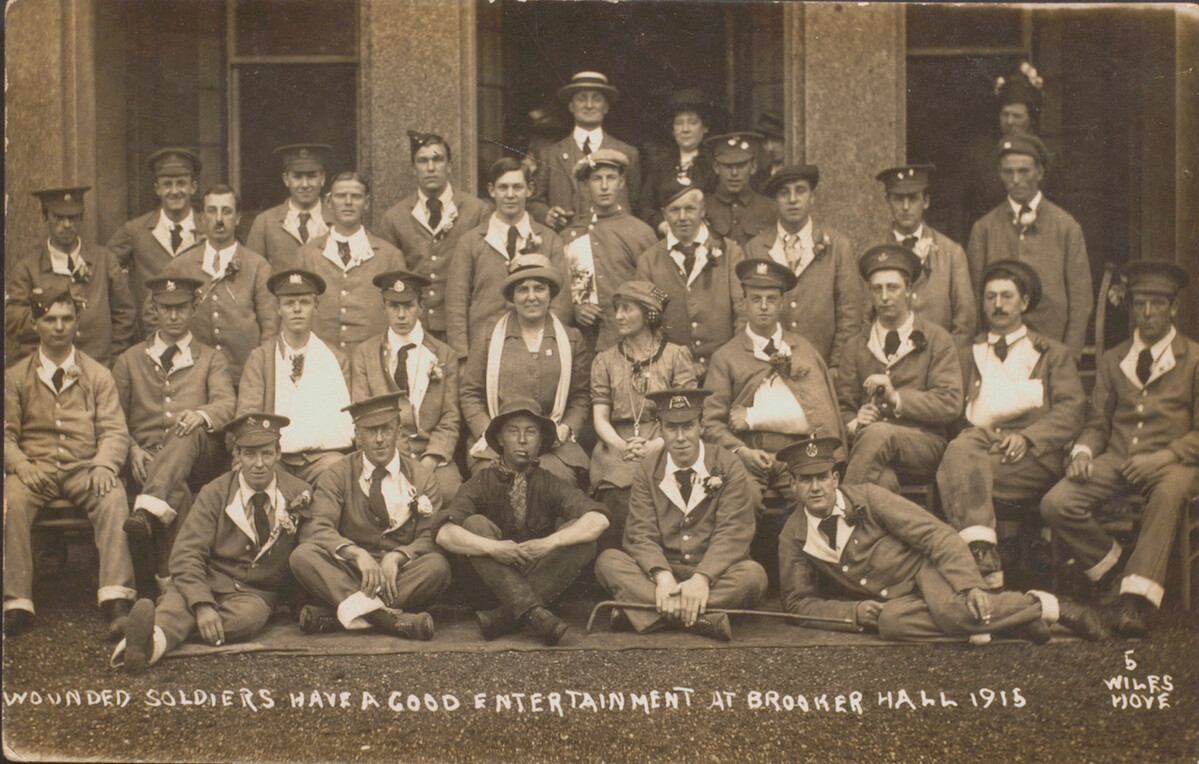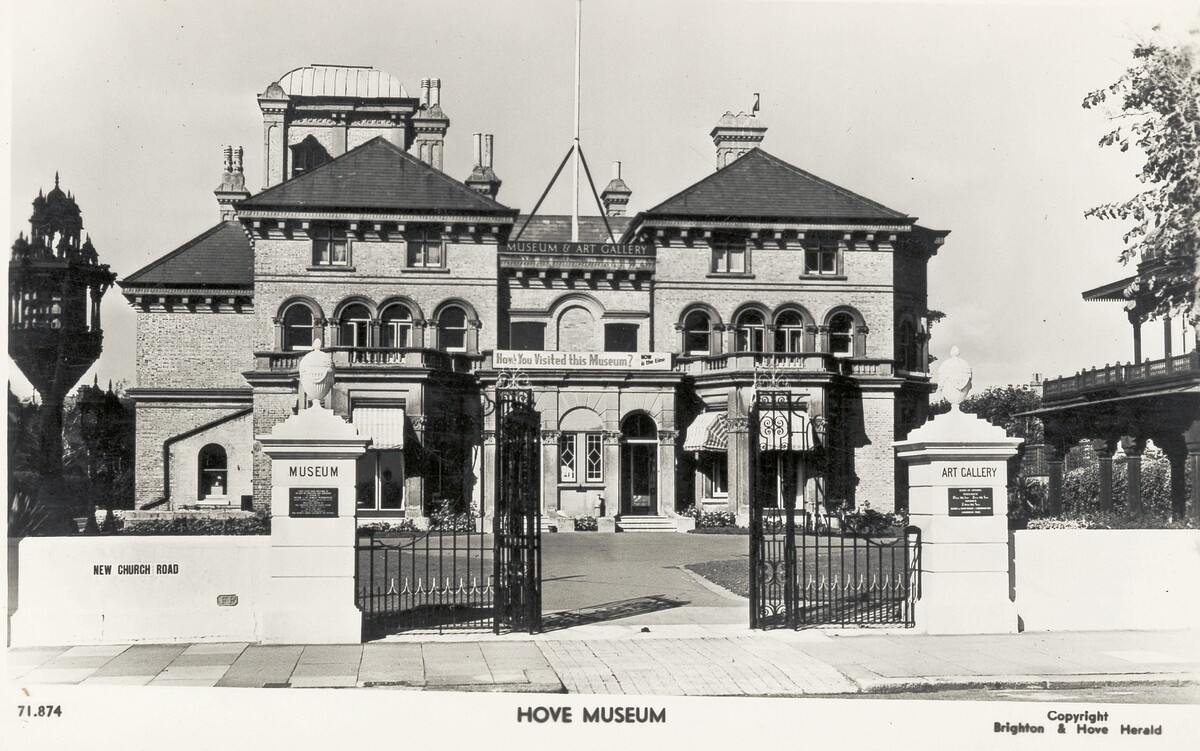
History

As a modern museum with a Wizard’s Attic and galleries of exhibits, it’s easy to forget that Hove Museum was once a family home.
The building was constructed in the 1870s as the home of John Olliver Vallance. It was named Brooker Hall in memory of his later father, John Brooker Vallance.
The Vallances were a prominent and wealthy Hove family with its traditional seat at Hove Manor (now demolished) in nearby Hove Street. Vallance seems to have built this house as a personal residence to share with his new wife Emma, and the couple had three children while living there.
As might be expected of the local gentry, Brooker Hall was often used for galas and other social events. Vallance died in in 1893 but his wife and children continued the tradition. By the time of the First World War the family members had all moved away but the building continued to be used for civic events.
During WW1 the house was used to entertain wounded soldiers, many of whom were patients at the hospital set up in the local grammar school (now BHASVIC). However, it later found a different wartime purpose. By 1918 it was used to house German prisoners of war, who were made to work at the nearby gas works (where the large Tesco stands today).
Following Emma Vallance’s death in 1924, the empty and slightly dilapidated Brooker Hall was sold to Hove Council. It opened as Hove Museum in 1927.
Thanks to both public and private funding Hove Museum underwent a major refurbishment in 2003. It is now one of the most family friendly and accessible museums in the South East. Part of the redevelopment programme involved working with local artists and community groups to create unique commissions for the museum. These include decorative metal railings, gallery seating and an unusual panel in the lift interior.